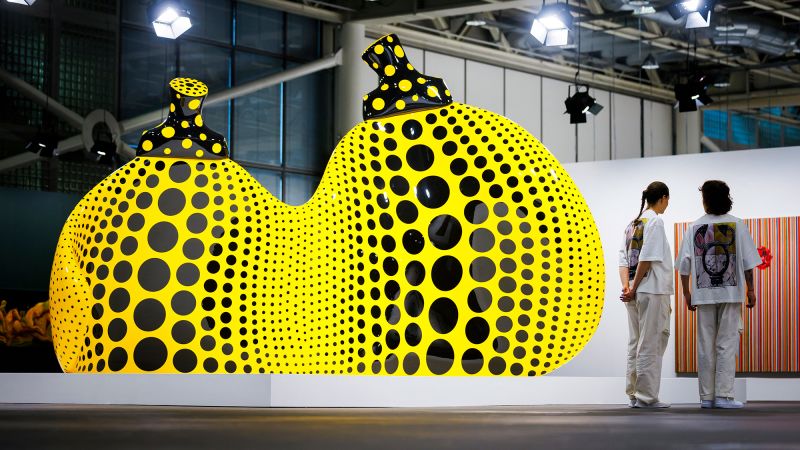Global art sales plummeted by 12% in 2024, says industry report
TruthLens AI Analysis
The article highlights a significant downturn in global art sales, emphasizing the challenges faced by the industry over the past two years. The report reflects on various factors contributing to this decline, including geopolitical tensions and changing consumer behavior. By presenting this information, the article seems to aim at raising awareness about the fragility of the art market and its dependence on broader economic conditions.
Market Dynamics and Consumer Behavior
The report reveals a notable contraction in art sales, particularly in regions like China, which experienced a staggering 33% decline. This indicates a shift in consumer confidence and investment preferences, as buyers show a growing aversion to risk. The analysis points to an increased reliance on well-known artists, suggesting that collectors are hesitant to explore new talents. This shift in behavior may influence how galleries curate their collections and interact with potential buyers, emphasizing the need for established names over emerging artists.
Implications for the Art Community
As galleries depend more heavily on their top-selling artists, the diversity of the art market may diminish. This consolidation could lead to a less vibrant art scene, as emerging artists struggle to gain visibility and support. The article implies that the economic pressures affecting the art market could stifle creativity and innovation within the industry, potentially leading to a homogenous artistic landscape.
Potential Economic and Social Effects
The decline in art sales can have broader implications for the economy, particularly in regions heavily reliant on art commerce. As galleries face challenges, employment within the sector may also be affected, leading to job losses and reduced economic activity. The report suggests that the art market's contraction could mirror larger economic trends, which might influence consumer spending patterns beyond the art world.
Connection to Global Trends
The article connects the state of the art market to ongoing geopolitical tensions and economic pressures, suggesting a larger narrative about global instability. By framing the decline within this context, it may prompt readers to consider how interconnected various sectors are and how events in one area can ripple through others.
Reliability and Trustworthiness
The report is based on data from Art Basel and UBS, reputable sources within the art market. However, the framing of the information could lead to interpretations that emphasize the negative aspects without fully exploring potential recovery opportunities or the resilience of certain segments within the market. While the statistics presented are factual, the narrative may invoke a sense of urgency or concern that could be perceived as manipulative, particularly if it aims to influence investor behavior.
In conclusion, while the article provides a thorough analysis of the current state of the art market, it also raises questions about the long-term health and vibrancy of the sector. The focus on risk aversion and established artists could shape future market trends.
